In the 1970s, the punk movement emerged as a raw and rebellious counterculture, challenging mainstream norms through music, fashion, and attitude. Central to this aesthetic were band t-shirts and safety pins, which transcended mere clothing items to become potent symbols of defiance and identity.
The Rise of DIY Fashion
Punk fashion was characterized by its do-it-yourself (DIY) ethos. Fans and musicians alike took ordinary band tees—often emblazoned with logos of groups like The Ramones, Sex Pistols, and The Clash—and transformed them into personalized statements. This customization involved tearing sleeves, slashing hems, adding patches, and, notably, incorporating safety pins. These modifications weren’t just stylistic choices; they were acts of rebellion against mass-produced fashion and societal expectations.
Safety pins, in particular, became emblematic of punk’s raw edge. Originally used out of necessity to hold together tattered clothing, they evolved into deliberate fashion statements. Punks adorned their attire with safety pins, using them as earrings, brooches, and decorative elements on jackets and shirts. This appropriation of a mundane household item into a symbol of anti-establishment sentiment exemplified punk’s subversive spirit. Reddit
Icons Who Defined the 70s Punk Look
Several figures were instrumental in popularizing this fashion:
- Vivienne Westwood: A pioneering designer, Westwood, alongside Malcolm McLaren, opened the boutique SEX in London. Their designs, featuring distressed fabrics, provocative slogans, and safety pins, were central to punk fashion. Notably, their “God Save the Queen” t-shirt, with its bold graphics and ripped design, became an iconic representation of the movement. Vanity FairFashion History Timeline
- Debbie Harry: As the frontwoman of Blondie, Harry’s style blended punk’s edginess with glamour. She often sported customized band tees and safety pins, influencing countless fans and fashion enthusiasts.
70s Punk Fashion in the Spotlight
The provocative nature of punk fashion didn’t go unnoticed. Media outlets covered the trend extensively, sometimes with controversy. For instance, the “God Save the Queen” t-shirt by Westwood and McLaren was considered nearly treasonous upon its release, highlighting the confrontational essence of punk attire. Vogue
1970s Rock & Punk Hairstyles
Punk hairstyles were as rebellious as the clothing. Messy, teased, and often dyed in unconventional colors, these styles included shaggy cuts, mullets, and early mohawks. These bold hair choices further emphasized the movement’s nonconformity and disdain for traditional aesthetics.
In essence, band tees and safety pins in 1970s punk fashion were more than mere trends; they were powerful tools of expression. Through DIY customization and bold styling, punks communicated their dissatisfaction with societal norms, leaving an indelible mark on fashion history.
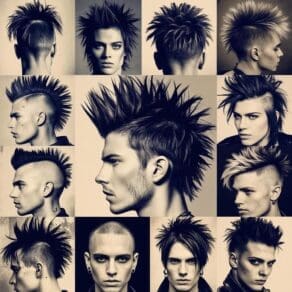
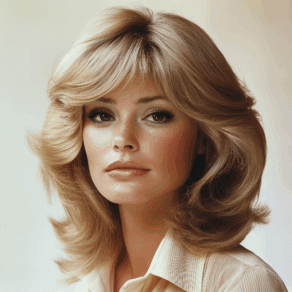

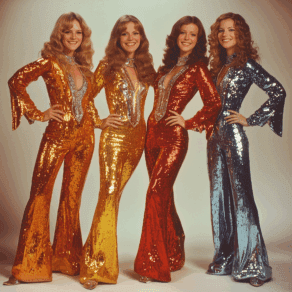
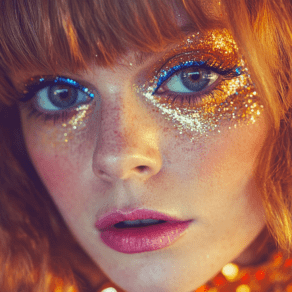
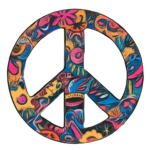
Leave a Comment